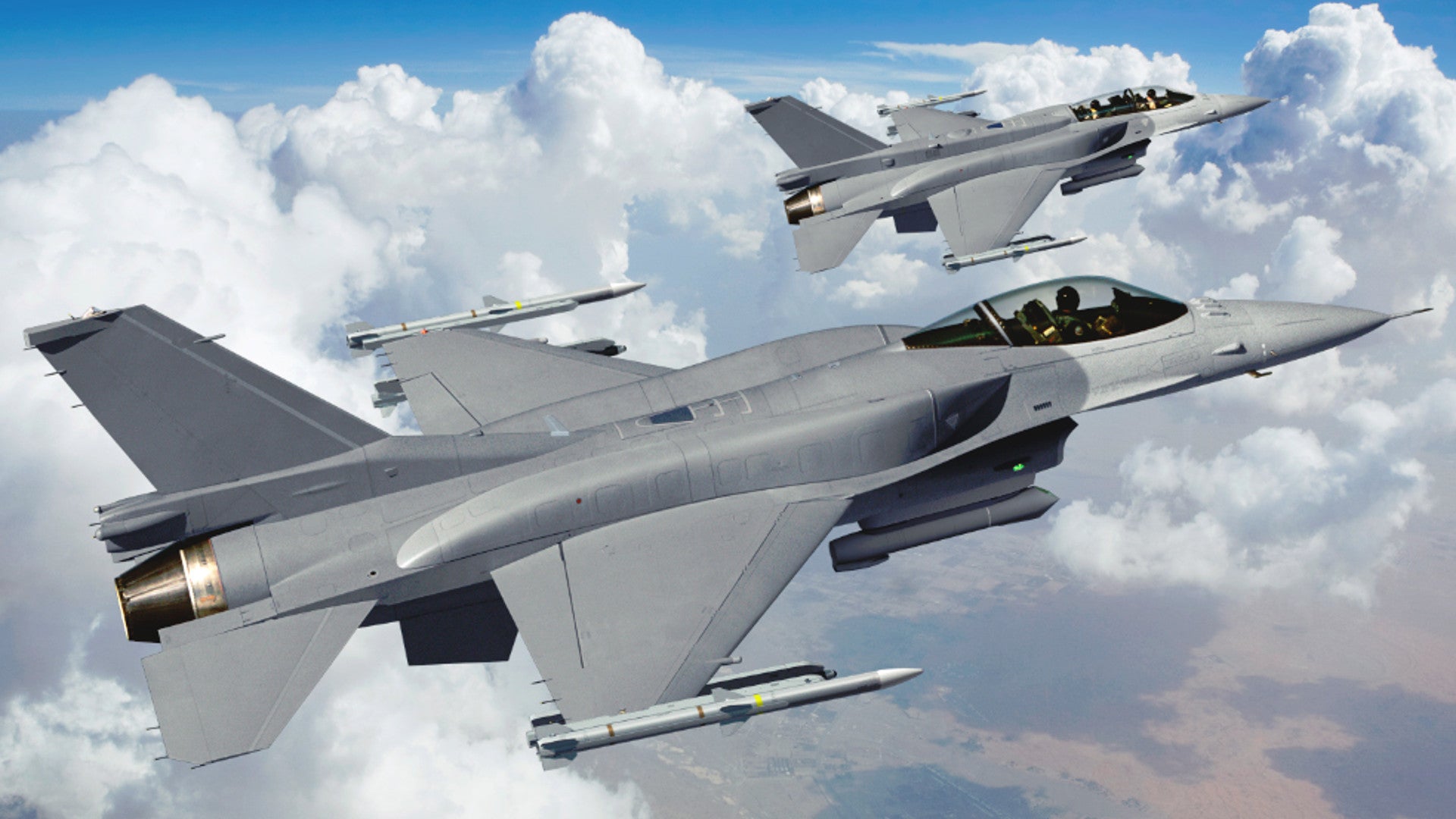India has reportedly halted its plans to purchase nearly 115 single-engine fighter jets in order to reassess its requirements and open the tender up to twin-engine designs. The decision will delay purchases of any aircraft for at least two more years and will have significant ramifications for Lockheed Martin, which increasingly appeared to be the favorite with its F-16IN Viper under the existing terms, as well the Indian Air Force.
On Feb. 23, 2018, The Times of India first revealed the new course of action, citing anonymous sources, which Indian online outlet DefenseNews.in also reported afterwards. The competition, which could have been worth up $18 billion, has already been going on since 2016 with Lockheed Martin’s F-16IN, an advanced India-specific version of the company’s F-16 Block 70, and Saab’s Gripen-E being the only two contenders. This tender followed another failed deal to purchase new fighters that had collapsed the year before.
“The original plan placed an unnecessary restriction on only single-engine fighters, which limited the competition to just two jets [the F-16IN and Gripen-E],” an unnamed individual told The Times. “The aim is to increase the contenders and avoid needless allegations later.”
Exactly what potential allegations this individual might have been referring to is unclear. But India has struggled to procure new fighter jets over the past two decades and Indian authorities are undoubtedly keen to avoid a repeat of the failed Medium Multi-Role Combat Aircraft competition, also known as the MMCRA or MCRA.
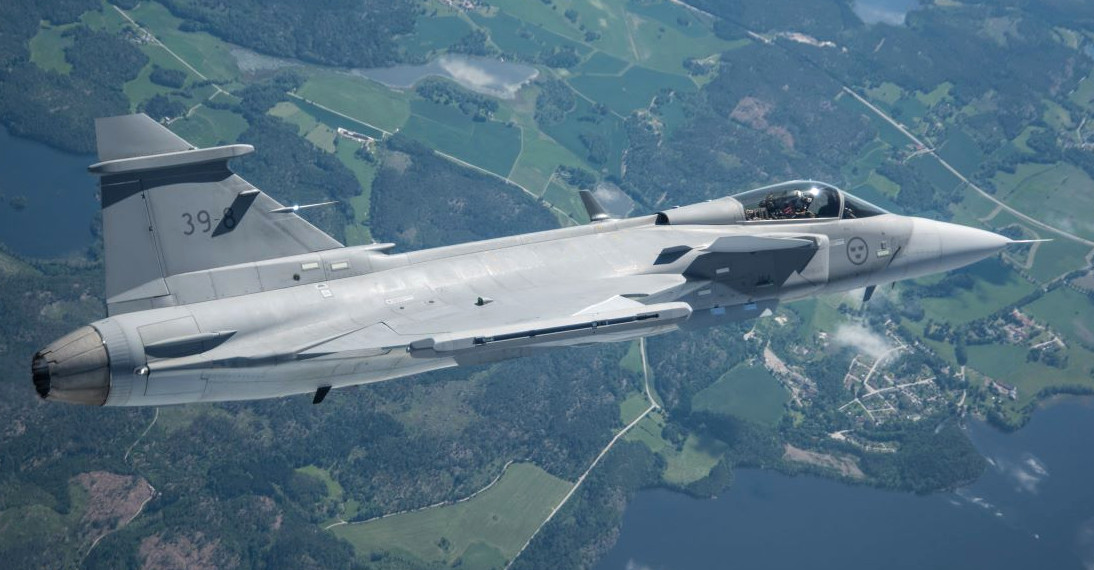
That tender, which could have been worth approximately $20 billion and formally began in 2007, had been open to all fighter jet designs, regardless of engine configuration. India picked France’s Dassault Rafale, a twin-engine fighter, as the winner, but the actual contract quickly became mired in disputes over local production or assembly of the planes and India finally backed out completely in 2015.
Reopening the tender to twin-engine fighters will almost certainly mean that many of the former MMRCA contenders will submit new offers. The most likely entrants will be American manufacturer Boeing with its F/A-18E/F Super Hornet, the Rafale, the Eurofighter Typhoon, and one or more Russian aircraft, such as the MiG-35 Fulcrum or Su-35 Flanker-E.
Broadening the competition would definitely make a certain amount of sense. After protracted negotiations, India is on track to acquire 36 Rafales for the country’s Air Force as part of limited, interim purchase. The first of those fighters are supposed to arrive some time in 2019, but the deal remains mired in controversy.
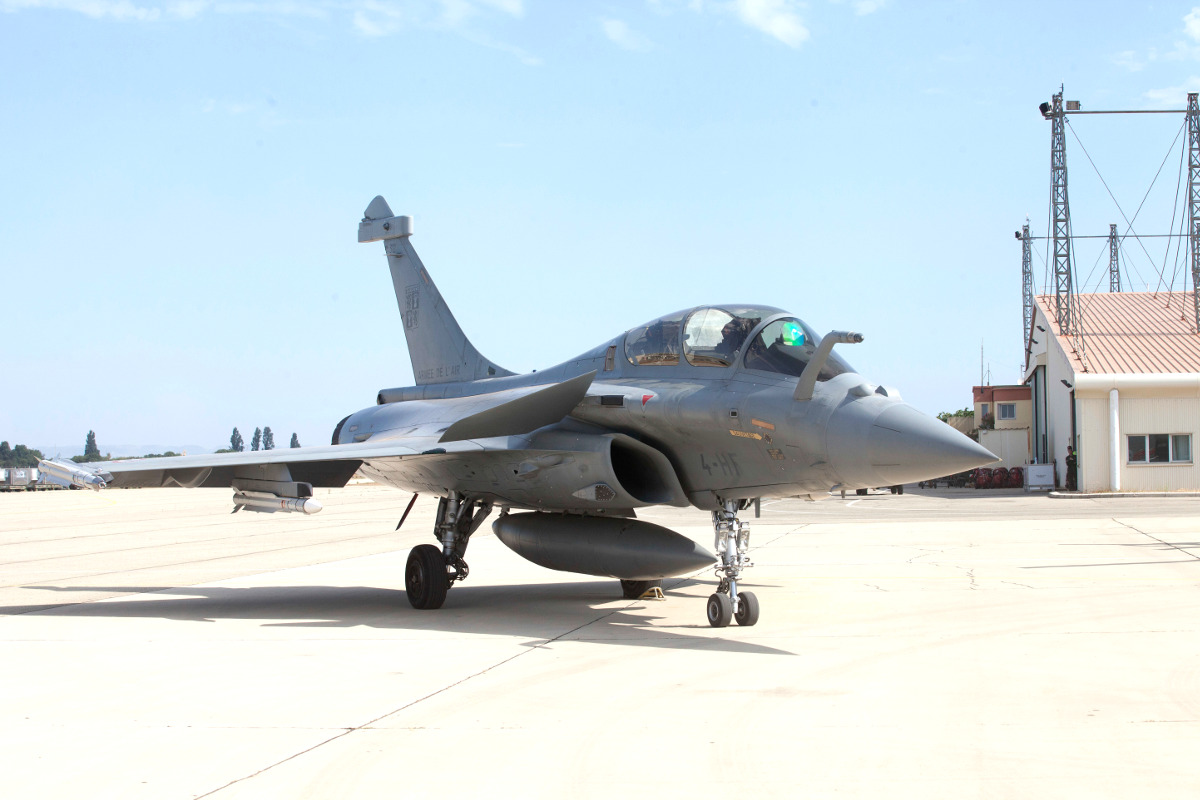
The Indian Navy is also in the market for new jets to embark on its upcoming fleet of new aircraft carriers. Super Hornet, Rafale, the MiG-29K, all twin-engine designs, as well as a single-engine navalized Gripen-E known as Sea Gripen, are presently competing for that contract.
In 2016, the service rejected a proposal to purchase a carrier-borne version of the notoriously under-performing indigenously developed Tejas fighter jet. It is also reportedly increasingly unhappy with the performance of its existing Russian-made MiG-29Ks.
Having Air Force and Navy units flying the same aircraft, or similar variants with a high commonality between airframe components and mission systems, could help reduce logistics and other sustainment costs. It could potentially help offset any higher costs associated with operating a twin-engine versus a single engine design, as well.
Boeing and Dassault seem most poised to benefit from the changes to the competition’s requirements. As noted already, India is already in talks to buy dozens of Rafales and the navalized version of aircraft has a well established service record of carrier operations with the French Navy.
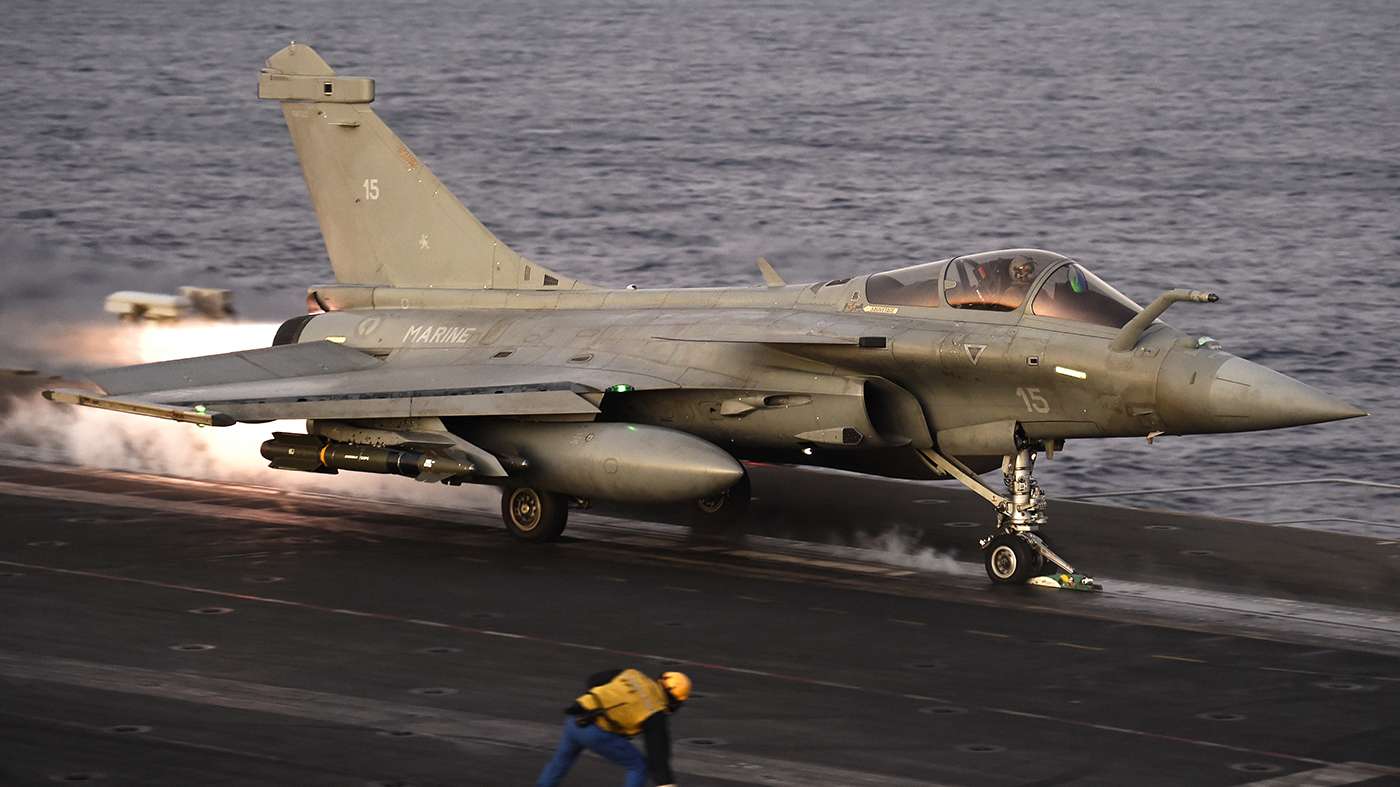
In August 2017, Boeing also announced it had used simulations to demonstrate that the Super Hornet could operate from India’s existing and planned short-takeoff but arrested recovery (STOBAR) aircraft carriers, as well as its future catapult assisted takeoff but arrested recovery (CATOBAR) ships. At the time, the company’s Vice President of the Super Hornet Program, Dan Gillian also made it clear that any Indian aircraft would almost certainly benefit from the U.S. Navy Block III upgrade project.
The U.S. Navy’s aircraft will also have conformal fuel tanks to extend their range and free up space for additional under wing stores, modernized electronic warfare countermeasures, and improved avionics and larger digital cockpit displays. The final iterations might also have certain stealthy components, including an enclosed, aerodynamic weapons pod.
This could make the jets particularly attractive to India, which is reportedly interested in joining the F-35 Joint Strike Fighter program, but has not yet gotten approval from the U.S. government. Indian authorities are also reportedly close to scrapping a joint fifth generation fighter project with Russia over the disappointing progress of the Su-57 stealth fighter, also known as the T-50 or PAK FA.
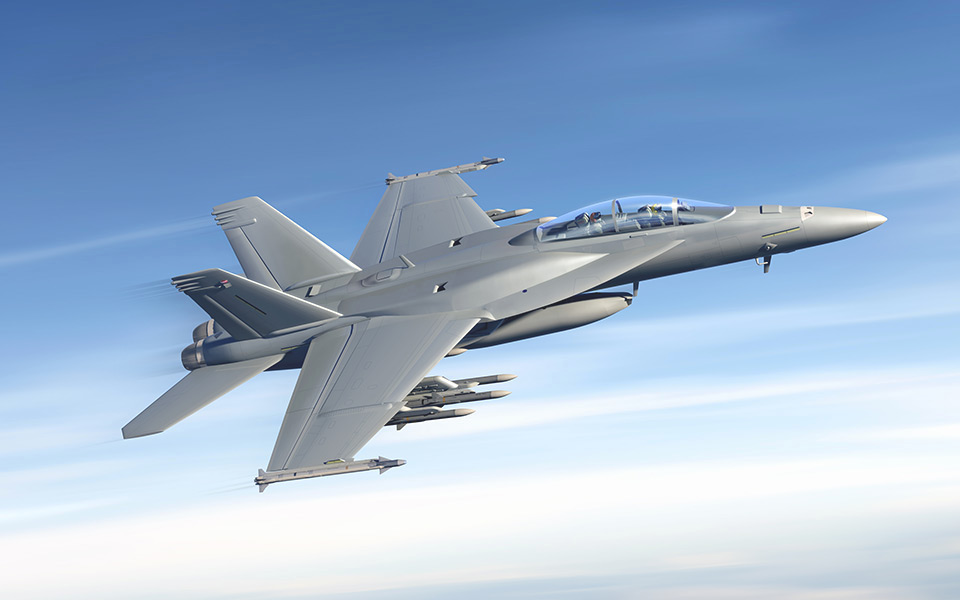
The biggest challenge for any competitor, as it has long been, will be meeting the Indian government’s requirements for technology transfer and industrial cooperation. For India, the fighter deal is as much about improving its domestic defense industrial capacity as it is about acquiring modern aircraft.
This rebooted competition could upend the partnerships that both Lockheed Martin and Saab had announced with local firms as part of their bids for the existing contract. In June 2017, Lockheed Martin had announced a particularly attractive arrangement with Indian industrial consortium Tata, stating that if its F-16IN won it would establish a shared production line in the country to make the jets for the Indian Air Force and use that assembly line to build additional aircraft for export elsewhere. It was also considering working with Tata to build F-16 components even if the contract fell through, though.
But whatever happens and whatever benefits there are to be had from reframing the competition, the Indian Air Force is unlikely to be thrilled at the prospect of having to wait at least two more years for the jets. The service first identified a requirement for nearly 130 modern fighters in 2001.
Since then, India’s aging fleets of Soviet and other Cold War-era fighters and multi-role combat aircraft have only become less airworthy. The country’s press has dubbed the remaining MiG-21s and -27s in particular as “flying coffins” and “widow makers” due to regular crashes that often claim the lives of the pilots.
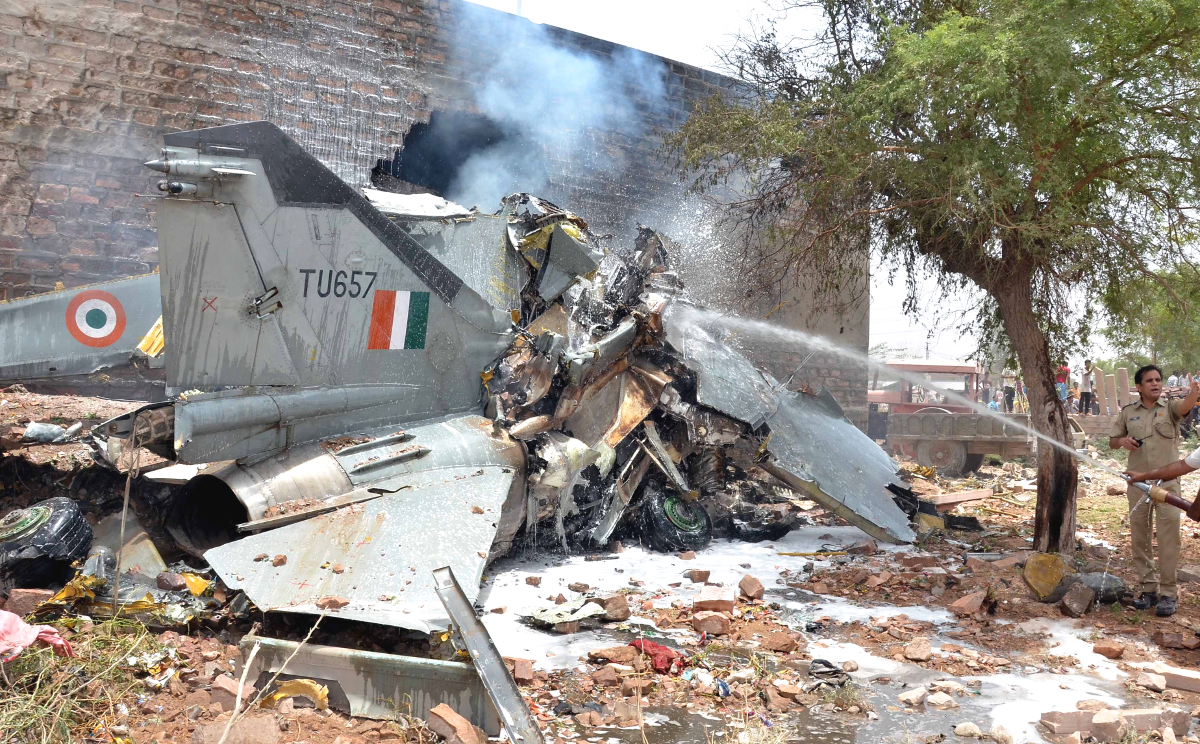
Those planes are among the ones the Indian Air Force is most eager to replace. The country is investigating upgrade programs for other older types, including the Anglo-French Jaguar jet combat aircraft.
India’s Air Force is already well short of the total number of combat aircraft it says are necessary to maintain a credible defense against its most likely opponents, such as China, which continues to grow its own advanced military capabilities, and long-time regional rival Pakistan. The country’s Cabinet Committee on Security has laid out requirements for the service to have 42 squadrons of combat aircraft, but at present it only has 31. This is down from 33 in 2017.
The purchases of foreign fighter jets could become even more important if the domestic Tejas project suffers any more delays or other setbacks. Hindustan Aeronautics Limited expects to receive a formal deal for more than 80 Tejas Mk 1A aircraft some time in 2018, but that version of the jet has yet to fly at all.
The Indian government will need to ensure this new competition leads to the delivery of actual planes if it wants to prevent the Air Force’s capabilities from slipping any further. Without the new fighters, a December 2017 report to the country’s parliament warned that the service could have just 16 squadrons of combat aircraft of any type by 2032.
Contact the author: joe@thedrive.com
